One of the most beautiful and scenic roads in the world, the Great Ocean Road, takes you on a journey along Australia’s southern coast. This iconic drive through Victoria, Australia, is a must-see for rugged coastlines, seaside towns, ancient forests and some of the most stunning views in the country. Among these natural wonders, The Razorback is a standout, a unique limestone formation that has been carved by centuries of wind and sea. Near Loch Ard Gorge, The Razorback is one of the top Geologic Formations in southwest Victoria and a true reflection of the wild and powerful forces of nature in this region.
Scenic Drives & Coastal Wonders
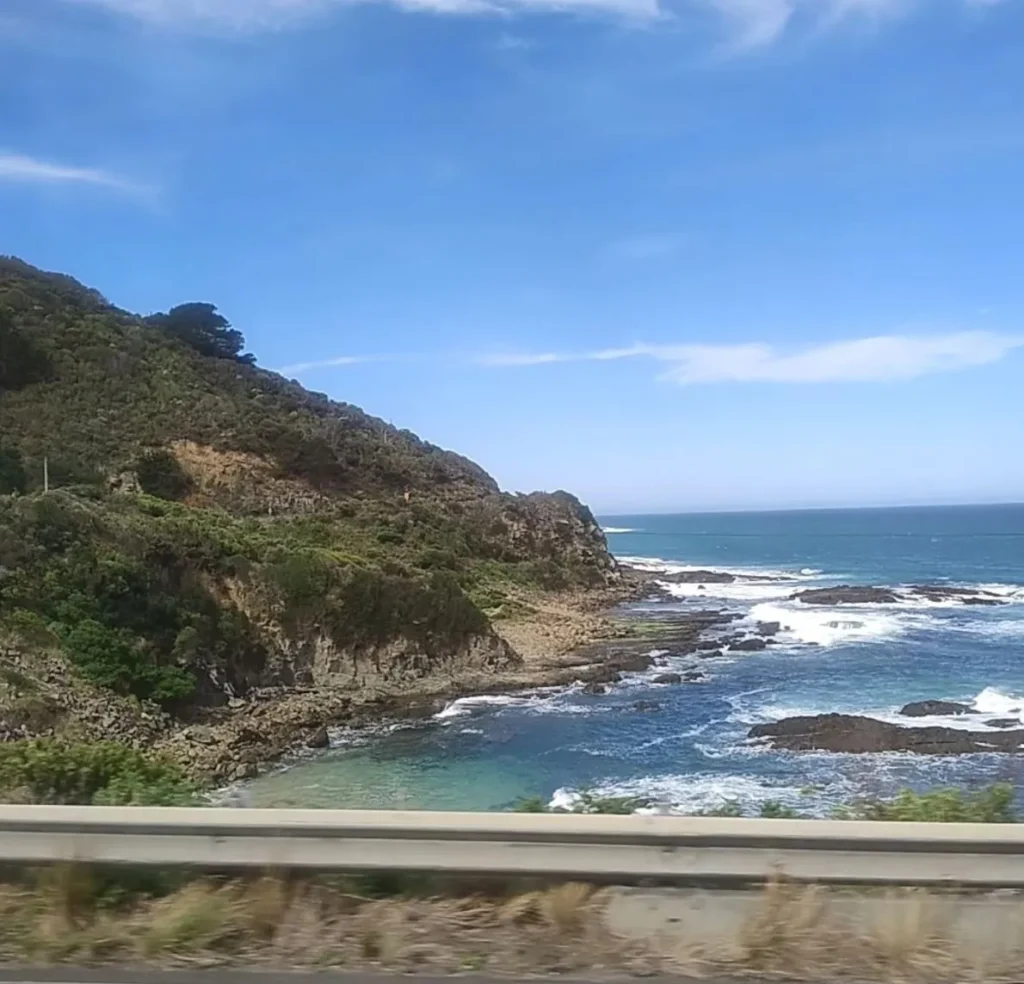
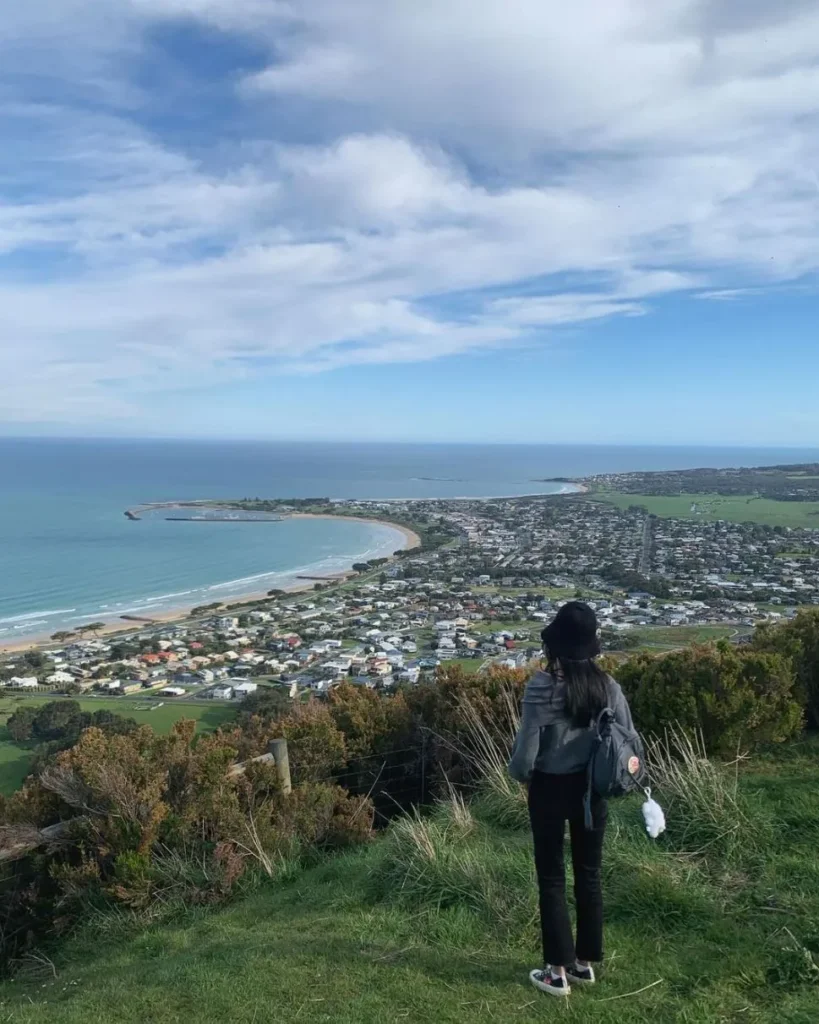
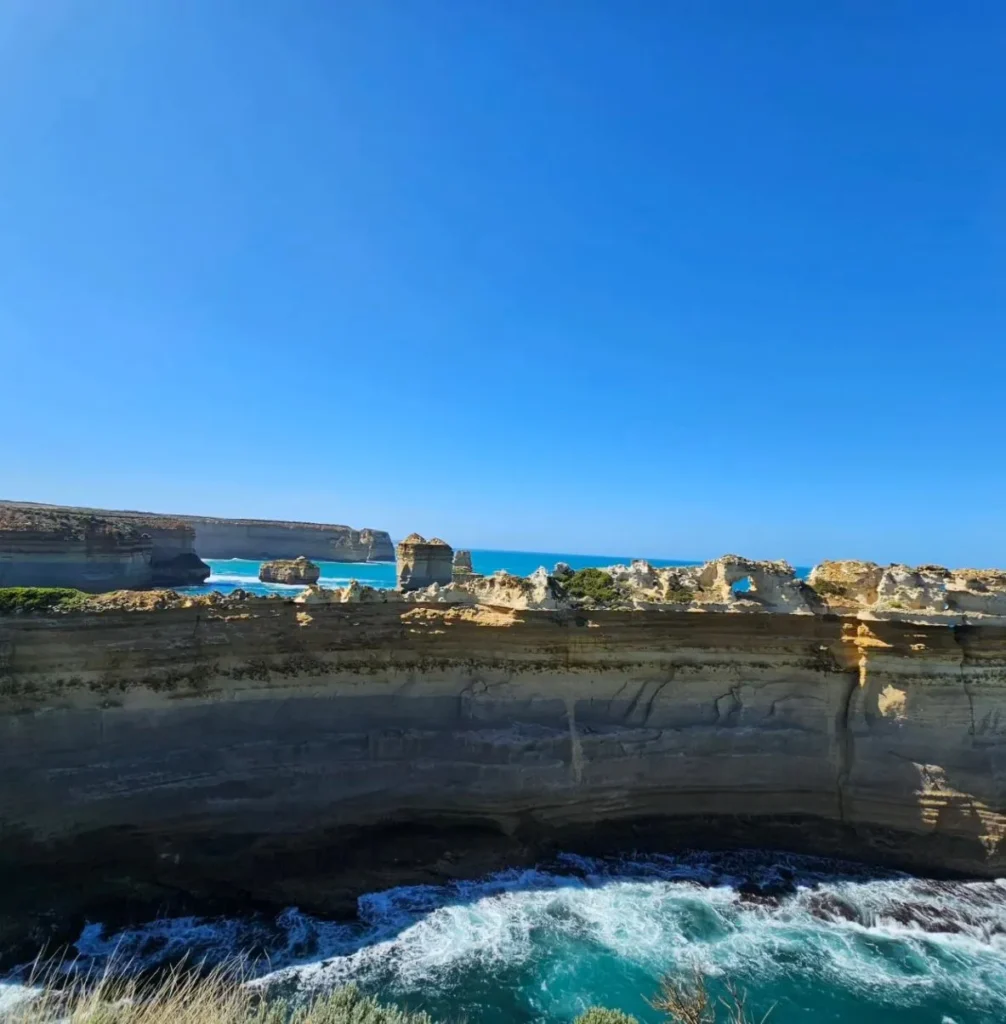
The Great Ocean Road is more than a drive, it’s an adventure with stunning views, beautiful beaches and charming towns. As you drive along this road on your own car or you took 12 Apostles tour you’ll pass through towns like Port Fairy and Apollo Bay, each with their own great food, art and cultural experiences. Every turn reveals a new lookout and another beautiful spot to stop.
The drive is full of opportunities to get great stock photos of limestone cliffs, rock formations and sandy tracks that lead down to the ocean. Stock contributors will find plenty of inspiration from aerial views and aerial panoramas of the coastline to close up shots of the unique limestone rock formations that dot the landscape.
The Geological History
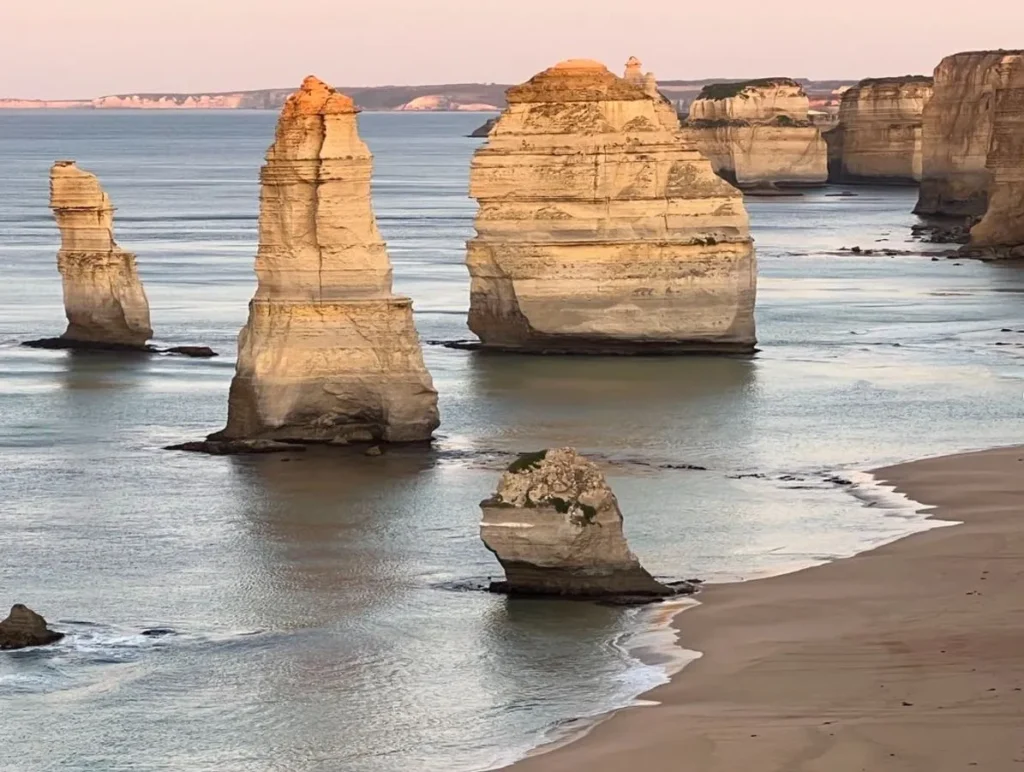
The Razorback was formed over 20 million years ago when Southern Victoria was underwater—layers of shells, corals and other marine deposits accumulated to form thick beds of limestone. Over time, the tectonic plates shifted, and this land was raised to the surface where wave erosion began its work, slowly carving out these formations into the rock stacks we see today, like the Twelve Apostles, Island Arch and, of course, The Razorback. This limestone cliff with its razor-sharp edges is still changing as wave erosion and wind erosion wear away the softer limestone, leaving a serrated spine-like ridge that looks like nature carved out a petrified forest.
Best Viewpoints
The Razorback looks its best from several viewpoints along the cliff edge, each with its own perspective:
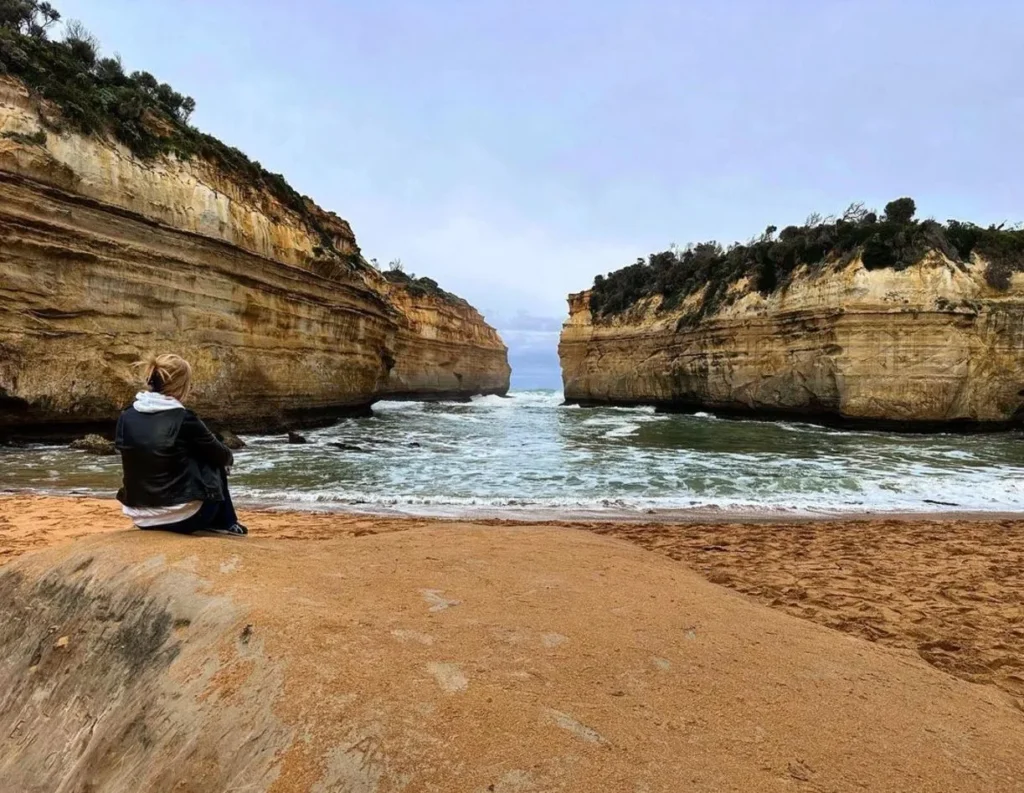
- Main Viewing Area: This elevated spot is an Aerial View of The Razorback and surrounding area, great for aerial stock shots and royalty free photos. The coastal views from here also show the Island Arch and the detail of the limestone stacks.
- Loch Ard Gorge Walking Track: If you like walking tracks and scenic views, the Loch Ard Gorge Walking Track gets up close to the gorge, cliffs and The Razorback. This track shows the power of erosion and the history of shipwrecks that met their fate along this rugged coast.
- Nearby Viewpoints: Several viewpoints offer panoramic views of The Razorback and the cliffs. For photographers, these are the perfect spots to capture landscapes and composite shots of the coastline at sunset.
- Sunrise and Sunset: Photographers and nature enthusiasts love The Razorback at sunrise and sunset. The dusk – aerial view or coastline at sunset is warm and golden and lights up the limestone stacks, highlights the rock formations and is spectacular.
Other Attractions along the Great Ocean Road
Beyond The Razorback, the Great Ocean Road has a treasure trove of natural and historical attractions that make it a perfect Melbourne day tour. Here are a few to see:
- The Twelve Apostles: Only a couple of hours from Melbourne, these famous rock stacks are an icon of the region. Rising out of the ocean, they are best seen in the early morning or late afternoon for the best light trails and shadows.
- Port Fairy: This bay town has historic houses, art galleries and lovely cafes. Famous for its beaches and as a major shipping port in the past, Port Fairy is a regional town to visit for a mix of coastal charm and culture.
- Beauchamp Falls: If you prefer inland adventures, a visit to Beauchamp Falls is a nice detour. This waterfall is in the Australian rainforest, and the track is a peaceful escape with rainforest views, waterfalls and tall trees.
- Loch Ard Gorge: Famous for its shipwreck history, Loch Ard Gorge has beauty and mystery. The historic track tells the story of survival and tragedy from the wreck of the Loch Ard. Facilities here include picnic spots, interpretive displays and safe viewing areas.
- Cape Otway Lightstation: This is one of Australia’s oldest lighthouses and has stunning views of the coastal landscape. The lookout spots around the lightstation offer the best aerial view of the Southern Ocean.
Inland Rainforest and Coastal Drives
The inland areas of the Great Ocean Road offer a whole different side of Victoria’s landscape. Drive inland through the rainforest, and you can walk in the temperate rainforest and some of the state’s most beautiful and unspoilt environments.
For the more adventurous, a wheel drive through the rainforest with waterfalls is an opportunity to see natural wonders like petrified forests and ancient rainforests up close. Temperate rainforest walks reveal diverse flora and fauna, eucalyptus trees and hidden waterfalls. You can walk trails that take you through these green oases, often ending at lookout points with views back over the coast, perfect for sequential shots of rainforest to cliffs.
Stock Photo Tips
For photographers and stock contributors, the Great Ocean Road and The Razorback are some of the most photogenic landscapes in Australia. Here are a few tips:
- Aerial Views: Drones can be used to capture aerial views of Great Ocean Road to show the scale of the cliffs and rock formations. Aerial landscapes are a breathtaking perspective that highlights the ruggedness of the coast.
- Light Trails and Composite Images: At dusk, the light trails from cars along the road make for a great composite image. Capture the dusk – aerial view to show the colours of the coast and the movement of light across the landscape.
- Panoramic Views and Sunrise Shots: Sunrise is softer light, perfect for panoramic views and shots of the Razorback limestone cliffs. Australia – aerial view and coast views can be captured during this golden hour.
Visitor Experience
From lookout points along the coast to the educational visitor centre at Loch Ard Gorge there are many facilities and services to help enhance your visit. Parks Victoria manage these areas and provide peak and low visitor times so you can plan your visit.
The peak season is from December to February. If you prefer a more peaceful experience visit early morning or off season when the crowds are smaller at The Razorback and other hot spots.
FAQ
What is The Razorback, and where is it?
The Razorback is a big limestone rock formation on the Great Ocean Road near Loch Ard Gorge. It’s famous for its pointed shape and has some of the best views on the Victorian coast.
Best times for photography?
Early morning and late afternoon are best for photography. The lighting is perfect for the rock’s textures and the sunset. Aerial shots at these times will get the best of the soft light.
What else is near The Razorback?
Nearby are the Twelve Apostles, Loch Ard Gorge and Port Fairy. Inland you can visit Beauchamp Falls and rainforests, with beaches to waterfalls.
How long does it take to drive the Great Ocean Road?
The Great Ocean Road is a straight drive of around 243km which can be done in a couple of hours without stopping. But most people take at least a day or longer to do the scenic drive and see the sights.
What’s along the Great Ocean Road?
Facilities are at major attractions, lookout points, picnic areas and educational displays. For more info on the area’s history and geology visit the visitor centre near Loch Ard Gorge.
This iconic drive through Victoria, Australia, is a must-see for rugged coastlines, seaside towns, ancient forests and some of the most stunning views in the country.
